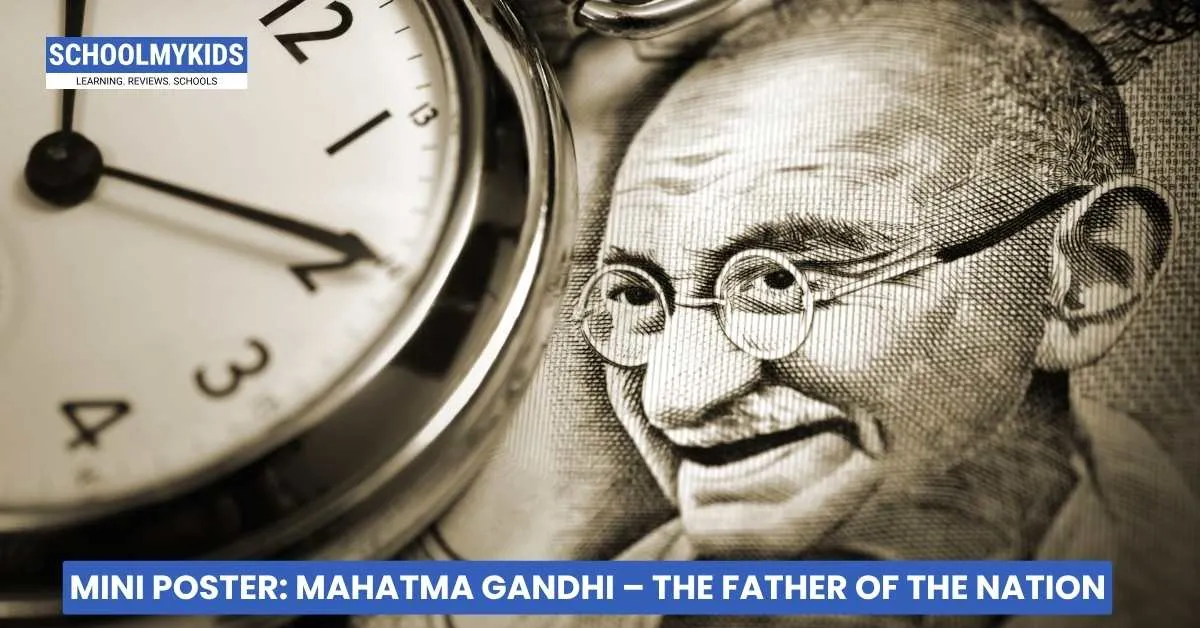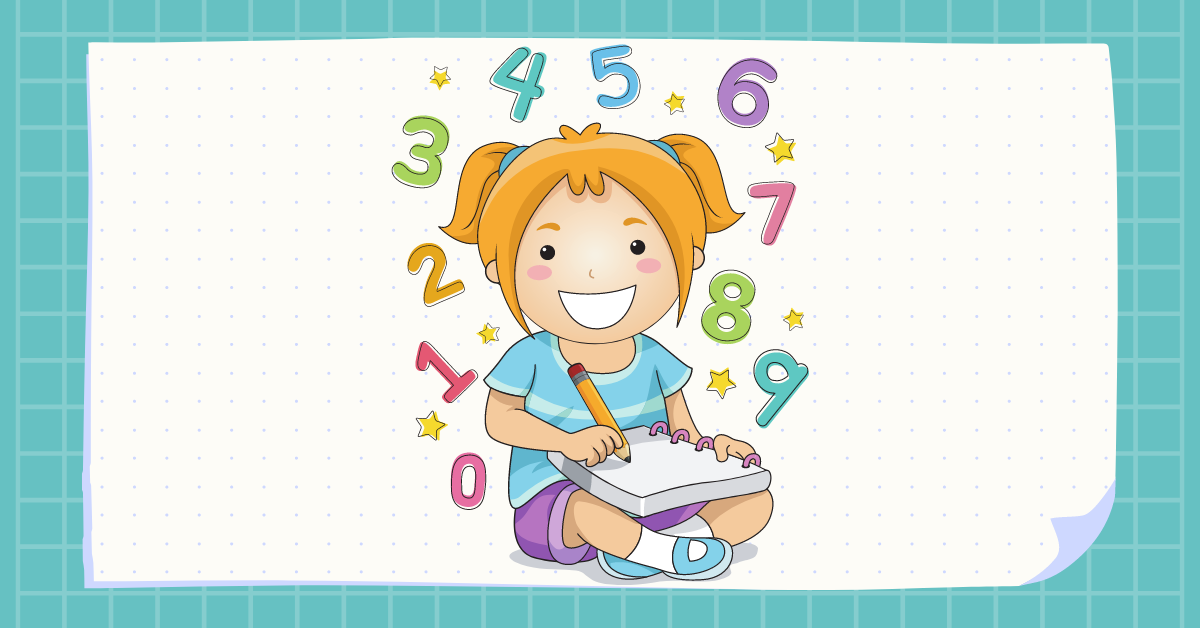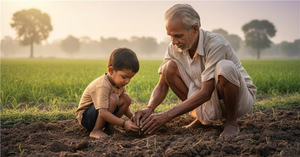Creating a mini poster is an excellent way to express your creativity and present important information in a visual, engaging way.
Materials Required
- A4 or A3 sheet (white or colored)
- Black and colored pens/sketch pens
- Pencil, ruler, and eraser
- Printed or hand-drawn image of Mahatma Gandhi
- Glue and scissors
- Optional: Colored paper for background, decorative borders, or design cutouts
Steps to Create Your Poster
- Title Placement: At the top center, write the title: "Mahatma Gandhi – The Father of the Nation" in bold and clear handwriting.
- Image Section: Paste or draw a portrait of Mahatma Gandhi in one corner or at the center-top of the poster.
- Information Layout: Divide the remaining space into 4–5 sections using lines or boxes. Suggested headings:
- Content: Use short, factual sentences and bullet points. Avoid crowding the space.
- Design and Decoration: Use the Indian tricolor theme (saffron, white, green) for borders or background designs. You can include symbols like the charkha (spinning wheel) or national flag patterns.
- Final Touch: Make sure everything is neatly written, well-aligned, and visually organized.
About Mahatma Gandhi
Early Life
- Full Name: Mohandas Karamchand Gandhi
- Born: October 2, 1869, Porbandar, Gujarat
- Family Background: Born into a middle-class Hindu family; his father was the Diwan of Porbandar.
- Studied law in London and practiced in South Africa, where he first experienced racial discrimination and started his journey toward civil rights activism.
Contribution to India’s Freedom Movement
Gandhi returned to India in 1915 and led the Indian independence movement through non-violent means.
Key Movements Led by Gandhi
- Non-Cooperation Movement (1920): Urged people to boycott British institutions, titles, and goods.
- Dandi March (Salt Satyagraha) – 1930: Protested against the British salt tax by walking 240 miles to make salt from seawater.
- Quit India Movement (1942): A final call demanding complete British withdrawal from India.
Through peaceful protests and mass mobilization, he awakened the conscience of both Indians and the British.
Principles and Philosophy
- Ahimsa (Non-violence): Opposed violence in thought, word, and deed.
- Satya (Truth): Believed truth was the highest moral law.
- Satyagraha: Passive resistance as a tool for political and social change.
- Swadeshi Movement: Encouraged the use of Indian-made goods, especially handspun khadi.
- Sarvodaya: Welfare for all, especially the underprivileged and oppressed.
Legacy and Global Impact
In India:
- Revered as the Father of the Nation by leaders such as Subhas Chandra Bose.
- His birthday, October 2, is observed as Gandhi Jayanti, a national holiday and the International Day of Non-Violence.
- His teachings are part of Indian school curriculums, social movements, and national values.
Global Influence:
- Influenced major world leaders:
- Martin Luther King Jr. used Gandhian non-violence during the American Civil Rights Movement.
- Nelson Mandela applied similar principles in South Africa against apartheid.
- Considered a symbol of peace and humanity worldwide.
- Statues, memorials, and peace centers in his name exist across many countries.
Why He is Called the Father of the Nation
Gandhi united millions of Indians, regardless of religion, caste, or class, in the struggle for freedom. His methods were moral and humane, aimed not only at political liberation but also at spiritual and societal reform. Subhas Chandra Bose first publicly addressed him as the "Father of the Nation" for his unparalleled role in India's independence.
Famous Quote for the Poster
"The best way to find yourself is to lose yourself in the service of others."– Mahatma Gandhi
Conclusion
Mahatma Gandhi transformed a freedom struggle into a people’s movement driven by ethics and non-violence. His vision of truth, justice, and simplicity continues to influence generations across the world. His life is a message that lasting change can come through peace, not power.








Be the first one to comment on this story.